Get the 101 on Pesticides, Insecticides, Fertilizer, Herbicides, and More
Pesticide: Any substance or mixture of substances intended for preventing, destroying, repelling or mitigating pests, or used as a plant regulator, defoliant or desiccant, and also used as a nitrogen stabilizer. See EPA’s website for additional information on basic information about pesticides here.
Insecticides: A type of pesticide that is used to specifically target insects. According to the EPA, insecticides are chemicals used to control insects by killing them or preventing them from engaging in behaviors deemed undesirable or destructive.
The most commonly used insecticides are the organophosphates, pyrethroids and carbamates. Read more about these and others in more detail here.
Fertilizer: A chemical or natural substance added to soil to increase its fertility.
Some common fertilizers include: Anhydrous Ammonia, Urea and Urea-ammonium nitrate solutions. Read about these and others in more detail here.
Herbicide: A substance that is used to destroy unwanted vegetation and weeds.
Fungicide: A pesticide used to kill fungi, especially those that cause disease.
The top most used herbicides on agricultural land in the U.S. include: glyphosate, atrazine, 2,4-D, dicamba, trifluralin, pendimethalin, imazethapyr, thifensulfuron, metolachlor, cyranazine. Read about these and others in more detail here.
Neonicotinoid: According to the EPA, a neonicotinoid is type of insecticide that is used in the control of sucking insects, soil insects, whiteflies, termites, turf insects, and the Colorado potato beetle.
Some neonicotinoids include: imidacloprid, clothianidin, acetamiprid, thiacloprid, thiamethoxam. Read more about these and others in more detail here.
Source: US Farmers & Ranchers Alliance’s Food Dialogues
